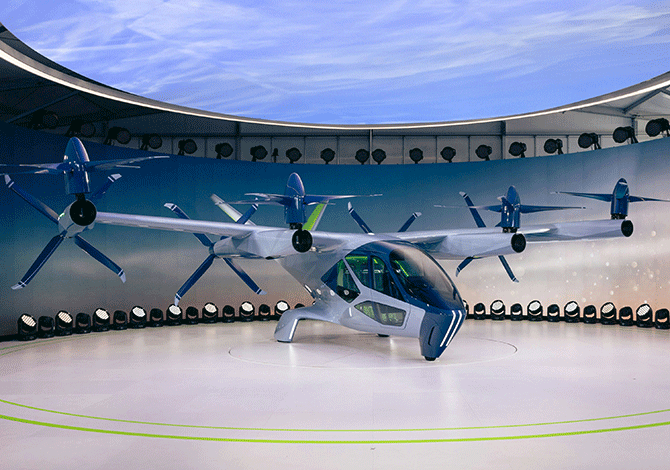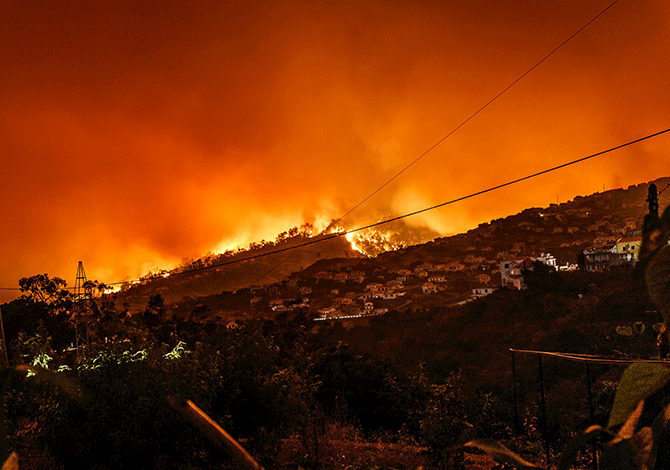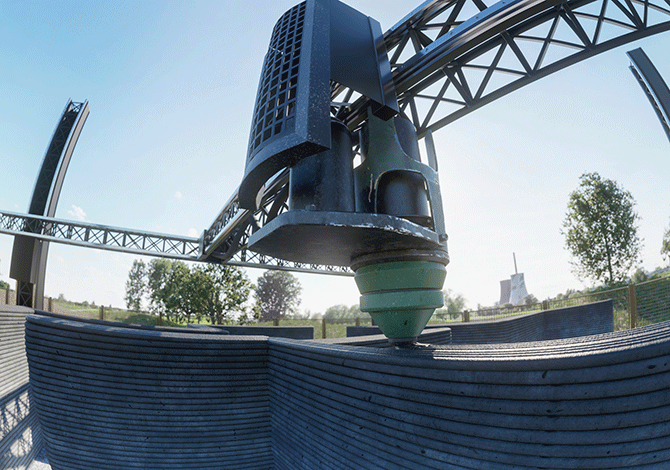
Call for content
Call for content is open.
Calling all big thinkers! The infrastructure challenges of today require new kinds of solutions. YOUR solutions. So what's your big idea? ASCE2027 is your platform to showcase the next great infrastructure solution.
Submit your abstract below to share your insights and ideas for ASCE2027.
Important dates (subject to change)
| Date | Events |
|---|---|
| March 4, 2026, 11:59 p.m. ET | Abstracts due |
| April 1, 2026 | Speaker acceptance notifications sent |
| May 8, 2026 | Session type confirmation notifications sent |
| August 12, 2026, 11:59 p.m. ET | Draft proceedings paper (optional) deadline |
| August 12, 2026, 11:59 p.m. EST | Speaker/author registration deadline |
| October 12, 2026, 11:59 p.m. ET | Final paper (optional) deadline |
| Spring/Summer 2027 | Proceedings available for download |
Session types
This is your chance to plug your expertise into an energizing and immersive infrastructure experience. Scroll below to find the session setup that works best for your idea. Please note that this is only the selection of a preference; the Technical Program Committee ultimately determines the final session type designation for all presentations at the event.
Topics by technical area
Below are the technical areas and topics that will be used for ASCE2027. When submitting an abstract, you will need to select a technical area followed by a topic. All topics marked with an asterisk (*) are considered “cross-cutting” topics, which are eligible for inclusion in cross-disciplinary sessions.







